Peru is called the world’s climate synthesis because it contains 27 of the 32 known climates. Therefore, Peruvian weather can be distributed in 11 ecological regions along the territory.
However, we can divide Peru into three climate regions for practical purposes. The Sierra has rains, cold breezes, and overcast skies (32-60ºF annual average), while the coast presents glorious rays of sunshine and fresh air (60-81ºF yearly average).
The jungle area can have liquid splashes and hot whirlwinds (68-94ºF annual average). For this reason, if you are looking for detailed information about the weather and ideas for vacations in Peru. The experts at Machu Travel Peru can help you get the correct information to prepare and have an enjoyable time in this country.
The Peruvian weather is all that you need to know
- Peruvian weather overview
- The Peruvian coast
- The Sierra of Peru
- The Peruvian Amazon
- The best moment to visit Peru
- What should I pack?
Peruvian weather overview
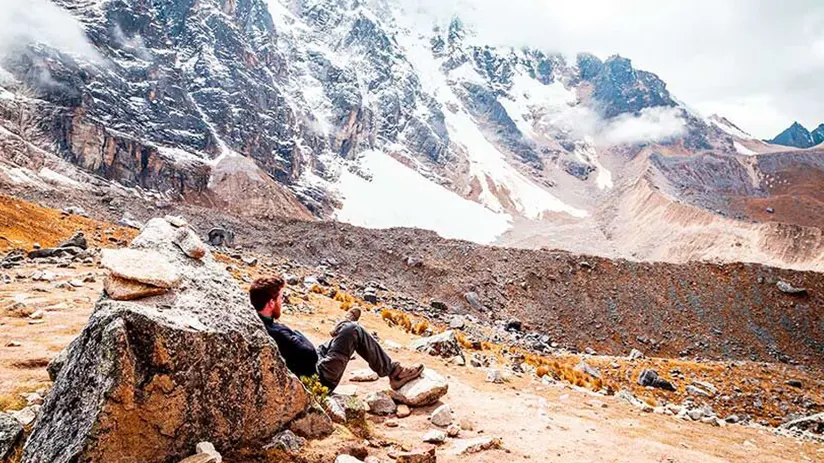
First, we will say that the Incas’ country has four sparse seasons during the year. The summer in Peru begins on December 22 and ends on March 21. The autumn is from March 22 until June 21. The Winter is from June 22 to September 22, and the Spring begins from September 23 until December 21.
The weather in Peru has different characteristics determined by three factors: the Peruvian Andes, the Humboldt ocean current coming from the south, and the El Niño air stream coming from the north, all of which are mixed over the Peru region. These factors cause various micro weather conditions and sensations in every department of Peru.
The Peruvian coast
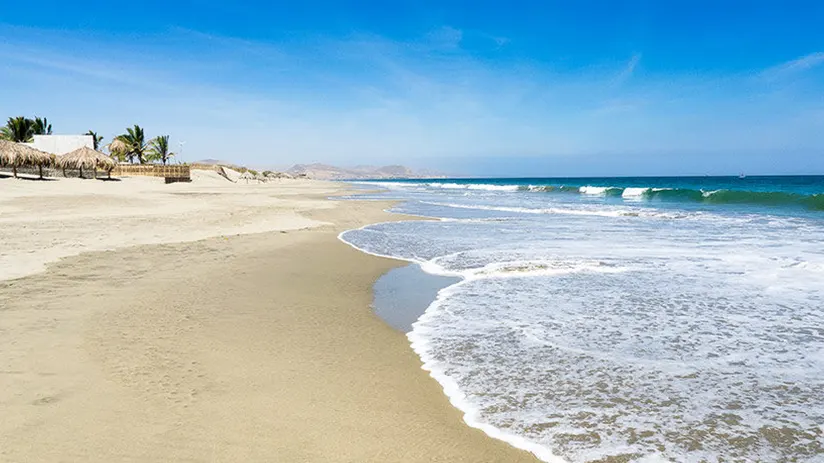
The coast is a thin strip that runs along the entire Peruvian coastline and is washed by the waters of the Pacific Ocean. The Peru beaches, ports, boulevards, peninsulas, bays, cliffs, and desserts are located on its lands.
The weather in Peru in this part usually presents an arid, warm, and dry climate, with average temperatures between 60-81ºF. This means a warm sensation despite the mostly cloudy skies throughout the year. The Humboldt ocean current, a cold water flow from the Antarctic, affects the coasts of Chile and Peru. It cools the lower atmosphere, preventing vertical air currents needed for rain, resulting in gray clouds and haze along the coast, except in the north.
On the north coast (Piura -Tumbes), the Peruvian climate can reach an average of 64ºF in the coldest month (August) and 75ºF on average in the hottest month (February). In other words, it is the hottest part of the country.
This is due to two factors. First, the area is near the equator, the world’s most tropical region. Second, the Niño Coastal Stream, a warm periodic current from Central America, affects the coasts of Ecuador and northern Peru every 2-7 years. These beaches offer clear skies, perfect waves, and warm breezes most of the year, making them ideal for enjoying the perfect sunset in Peru.
On the central coast (Lima – Trujillo), the Peru weather presents an average temperature between 63 – 73ºF. This zone is known for its cloudy skies and cloudiness from April to November. It is from December to March, summer when the skies usually clear.
In Peru, they are located in the capital city and essential cities like Trujillo. There is a sensation of heat and dryness in summer and cold and wet the rest of the year.
The south coast (Ica, Arequipa, Tacna) has a Peruvian weather average of 59 – 72 °F. The zone has clear skies and warm breezes most of the year, with rare rainfall. You can explore the Paracas National Reserve, the Ballestas Islands, the Huacachina Oasis, the beaches of Mollendo, and the fantastic Nazca Lines here.
The Sierra of Peru
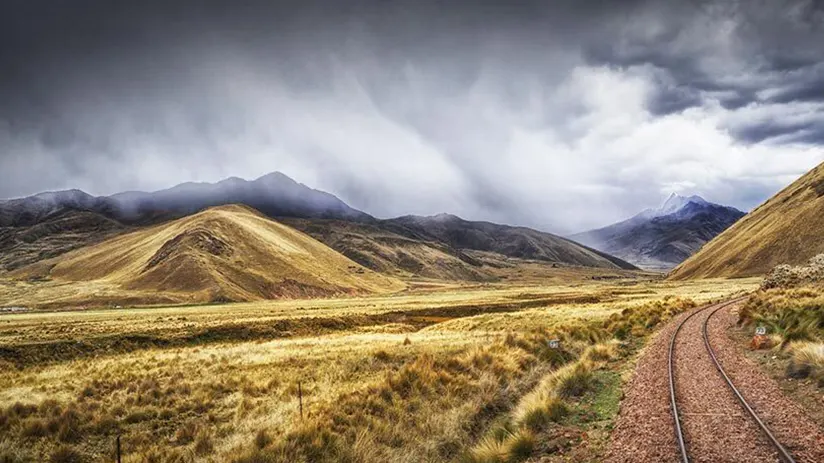
The Peruvian Andes cross the territory from north to south, separating the Coast (west extreme) from the jungle (east extreme). The Peruvian weather varies according to altitude and the slope, with the rainy season from September to May and the dry season from June to August.
During the day, the sun’s rays are usually intense, causing hot days. However, the nights are clear, and being located at a higher altitude and far from the equator, their temperatures typically drop below zero. Therefore, the average temperature goes from 32 to 77ºF.
The Peruvian Andes are characterized by their high altitude, so it is always advisable to bring warm clothing. A cold breeze and some unwelcome rain can be encountered throughout the year. Other clothing items such as a rain jacket, trekking shoes, light trousers, and some T-shirts are not superfluous and will serve you well during the wet and dry seasons.
During the dry season, the average temperature goes from 68 to 77ºF. On the other hand, the rainy season presents temperatures from 64 to 68ºF. At night, the weather can be down to 32ºF.
The main cities in the Andes are Cusco, Puno, Arequipa, and Ayacucho, among others. If you want to visit any popular tourist destinations in Peru, we recommend doing it from April to October, which is summer in the highlands. You will find clear skies, intense rays of sunshine, and a mild climate.
Otherwise, winter goes from November to March, and you can feel heavy rains, cloudy days, and powerful lightning. Therefore, you have to be patient with the flight delays, the intense rains at night, and the altitude sickness in the mornings.
The Peruvian Amazon
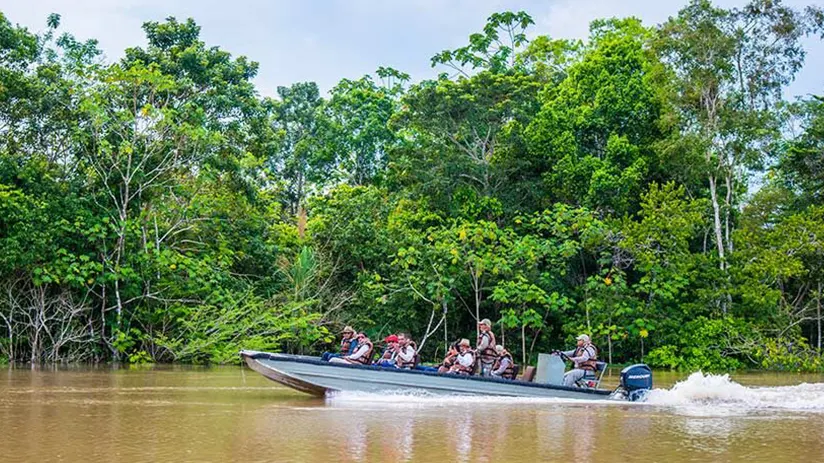
Visiting the Amazon in Peru is one of the best experiences visitors can have. Therefore, knowing the jungle weather to face during your visit is essential. The Peruvian Amazon is located at the eastern end of the country, and tropical hills form its basins.
Walking through its foliage will guarantee an unforgettable adventure. The jungle area presents two seasons, like the Peruvian Andes; the rainy season from November to March with torrential rains and a humid climate is one of them. The other one begins from April until October called Dry Season.
However, some heavy rains can occur all year. The temperature ranges from 47ºF to 83ºF. Therefore, if you want to know about the Machu Picchu weather, pay attention to our section on South Amazon.
The north Amazon is located closest to the Equatorial line; for this reason, the weather is humid and warm during the year, with frequent rains and electric storms.
This region extends from the Loreto region to Ucayali. In this part, the Amazon River runs toward Brazil. Here, you can visit the Pacaya-Samiria National Reserve, which has many flora and wild fauna, including jaguars, black caimans, monkeys, and snakes. Iquitos and Pucallpa are among the other exciting jungle cities.
The south Amazon goes from Ucayali to the Madre De Dios (Mother of God) and Cusco jungle regions. The zone presents tropical weather with a well-defined dry season in winter.
Although there are yearly rains, they decrease between May and September. The temperature in winter usually descends until 59ºF. Attractive zones like Manu National Park, Tambopata National Reserve, and Puerto Maldonado will await you with various activities to realize.
Despite rain throughout the year, it decreases between May and September. The temperature in winter usually descends to 59ºF. Attractive zones like Manu National Park, Tambopata National Reserve, and Puerto Maldonado will await you with various activities to enjoy.
The best moment to visit Peru
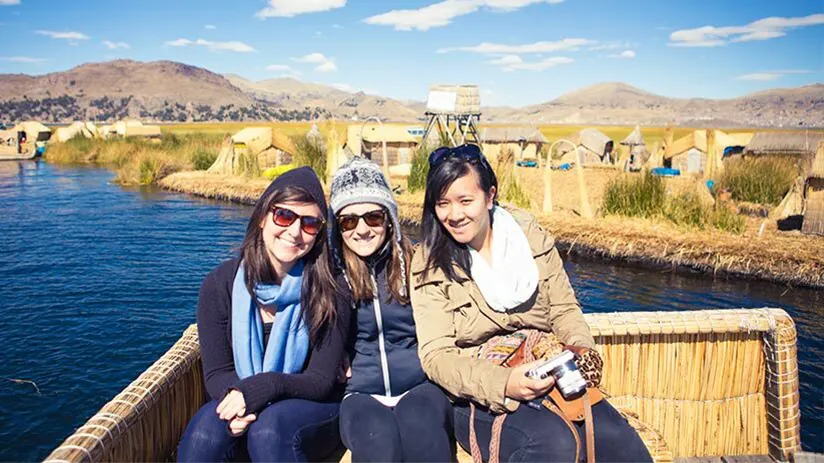
As you can see, choosing the best time to visit depends on the location of the attraction that you want to view. We recommend exploring Machu Picchu, Cusco, or another Andean city (Peruvian Sierra) between April and October; during this time, we can enjoy sunny days and clear skies, which is excellent for your excursions and your postcards.
During this period, you can visit attractions in the Jungle area. On the other hand, if you enjoy a fresh climate, walking over puddles, and seeing astonishing storms, the rainy season (from November to March) is for you.
Similar recommendations apply to those planning a trip to Peru Amazon. However, for the coastal areas of Peru, where activities like beach visits, diving, or riding are popular, it’s best to plan your trip between December and April, during the rainy season.
However, the situation differs on the Peruvian coast. If you plan to visit and enjoy activities like beach outings, diving, or boat rides, it’s ideal to go between December and April. During this period, while the Sierra and Jungle experience rainy weather, the coast typically enjoys clear days with warm breezes, ideal for sea-related activities.
Therefore, visiting Peru means enjoying the contrast of Peruvian weather; there is perfect rain in the Peruvian Sierra and Jungle, and the coast presents clear days with a warm breeze, ideal for enjoying the sea and aquatic activities. Attractions situated in the Jungle area can join to this period.
On the other hand, if you enjoy cooler weather, walking in the rain, and witnessing impressive storms, then the rainy season (from November to March) is perfect for you. Visiting Peru means experiencing the contrast of its weather, attractions, people, and even the unexpected situations you might encounter.
What should I pack?
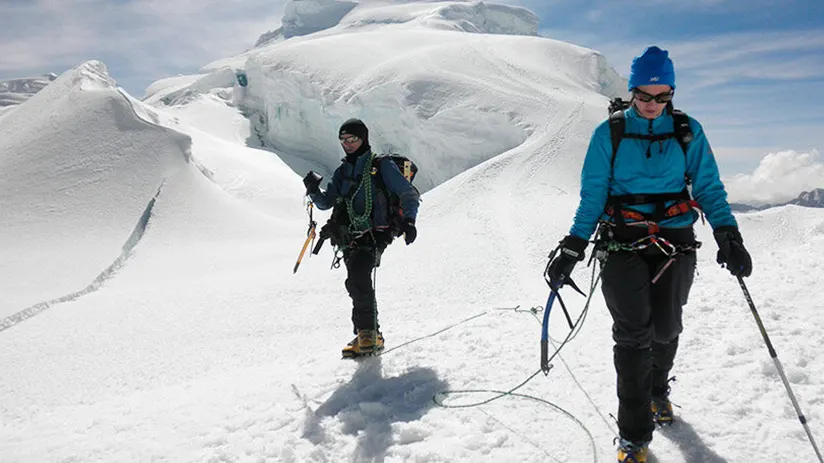
The weather in Peru is the most essential aspect to consider before traveling to Peru. What should I pack in my carry-on? This is one of the main questions when planning a trip to Peru.
As you can see, Peru is one of the most diverse countries in the world in terms of climate and geography. It has a mix of climates in one area at one exact time! So we suggest you learn facts about Peru and what clothes you should wear.
Therefore, everything will depend on your Peruvian destiny. Sierra, coast, or jungle. But don’t worry, we will give you general recommendations about What you should pack.
Peruvian coast
- Shorts
- Tshirts
- Sunscreen
- Hat
- Light jackets
- Sneakers
- Sunglasses
Sierra of Peru
- Polar jackets
- Parkas
- Trekking pants
- A rain jacket
- Thermals clothes
- Hiking boots or shoes
- Walking sticks
The Peruvian Amazon
- Sleeping bag
- Bug repellent
- Camelbak
- Sunhat and sunglasses
- Bathing suit
- Sandals
- Sneakers
- T-shirts
- Shorts
- Light pants
“DARE TO FEEL THE COMPLETE EXPERIENCE OF PERU, RAIN, AND SUN AT THE SAME TIME!”
In conclusion, a trip to Peru involves many factors, such as the Peruvian weather. While heavy rains can occur on the west side of the country, a clear sky with warm breezes can invade the east side simultaneously.
The Machu Travel Peru team is here to help you plan your trip. Share your travel questions, and we’ll provide expert answers. Trust us to guide you through your Peru journey. Don’t let anything hold you back reach out to us today!
Peru has so much to offer, that it can be hard to know where to start. With many years of experience in the tourism sector, Machu Travel Peru is happy to help with anything regarding your trip to Machu Picchu and any tours around it. Make your Machu Picchu experience an unforgettable one!
